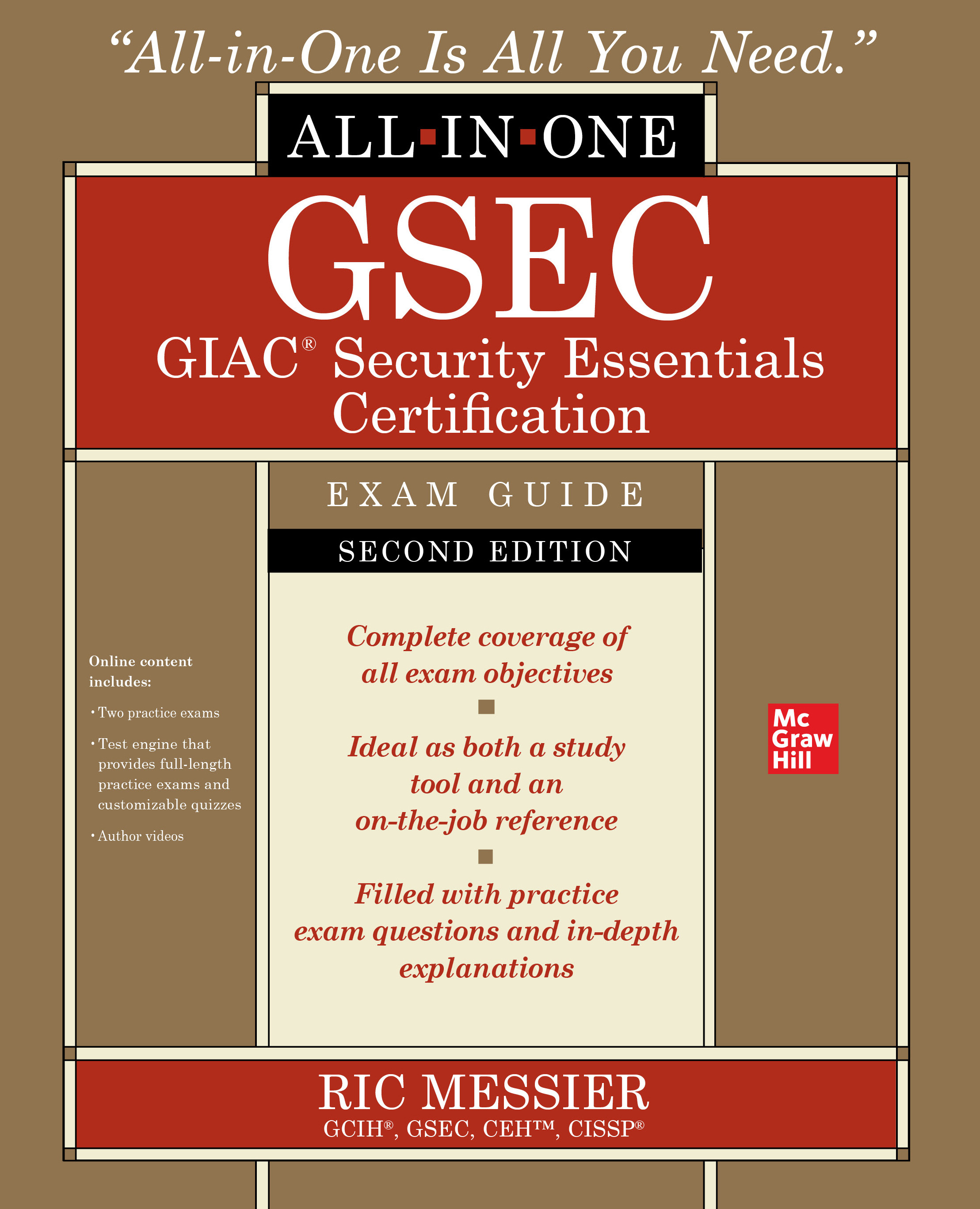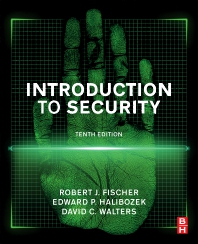I am a big fan of the Leatherman multi-tool, which has been riding on my left hip for the past 20 years or so. I find myself reaching for it at least three or four times a day, whether to tighten a loose screw, open a tight jar or popping the top on a frosty beverage. While it may not be the best screwdriver, file or knife for a particular task, the fact that it is instantly available without plowing through the “junk” drawer, (as my father called the place where he tossed flashlights, batteries, hand tools and other detritus) makes the Leatherman tool a must-have.
At a recent training class for a major Midwest life safety and security company I was asked whether there is a device or tester that can locate broken cables. I immediately thought of the Real World Certifier (RWC) testing kit from Triplett. This is an incredibly powerful tester for coax, Category cables and with one additional device and some Norwegian engineering, it can be used for find cable breaks in most any type of low-voltage wiring.
The RWC can be used to test Cat5e/6 cables for properly installed jacks and plugs, and can also test for network connectivity as it will identify a jack on the wall as being connected to a functioning network switch. While also testing Category cables for crosstalk, propagation delay and skew the RWC can record the testing of completed network cables, and indicate the quality of the link being tested, i.e., will the cable provide Cat5, Cat5e or Cat6 capabilities. Such recorded tests can be saved by the installation company and/or provided to the end user after an installation is completed.
What separates the RWC from the herd of testers is that it has a built-in Time Domain Reflection function, which will quickly inform the user of the length of a coax or Category cable being tested. If a coax or Cat5e has been cut, the RWC will indicate in cable feet the distance to the break, greatly reducing troubleshooting time and aggravation.
There is a bit of engineering needed to test other types of cables. The Winford company produces and sells the circuit board that’s connected to the RWC via a Cat5e jumper on the left of the image. This particular board, the BRK8P8CSJ, converts the individual conductors in a Category cable into separate wiring connection posts. With one of these circuit boards, at a cost less than $20, and a couple of purloined alligator clips, the rig you see can then be used to test just about any type of low-voltage cabling to help find opens, shorts, and other problems.
Time is money, and while the RWC from Triplett is not what you would call inexpensive at about $500, but the ability to locate and quickly repair cabling problems make this tester one of the best investments for installation companies. It will test the cables, provide spreadsheet reports if desired, test for bandwidth capabilities and find the lengths of coax, Category or other cables. Notably, it will also provide very valuable information about the location of cable breaks.





